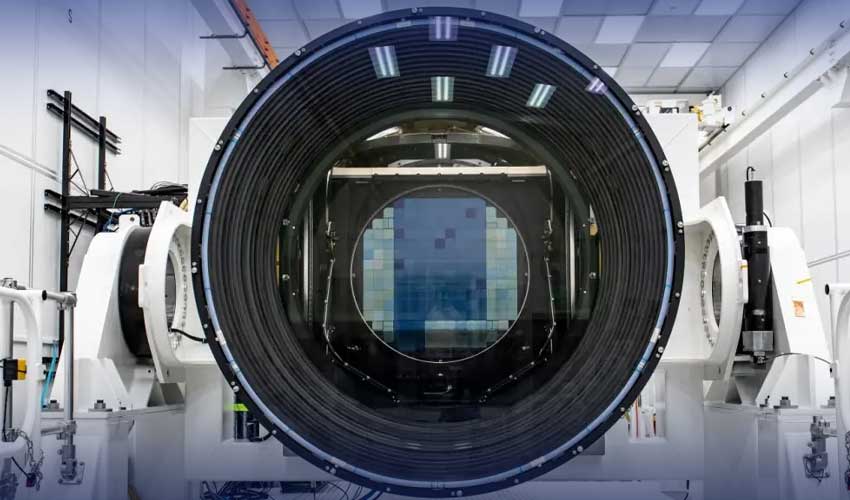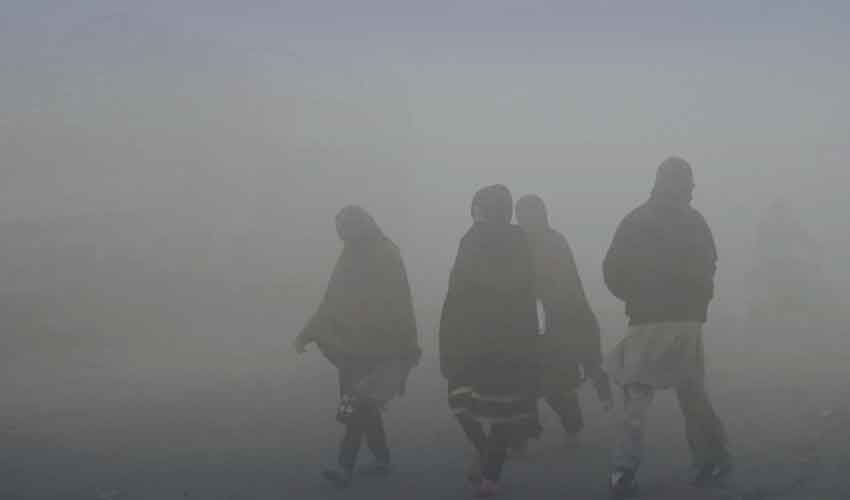The SLAC National Accelerator Laboratory's engineers and scientists collaborated with other organizations have developed the 3,200-megapixel Legacy Survey of Space and Time (LSST) Camera.
This innovative camera, which offers unmatched detail of the southern night sky, has the potential to completely change our knowledge of the universe as a whole.
It will gather a sizable amount of data over ten years, providing researchers with a wealth of information to examine.
The secrets of dark matter, a mysterious element that makes up a sizable fraction of the universe, and dark energy, the force driving the universe's fast expansion, will finally be revealed due to this data.
With the Rubin data, scientists hope to learn more about the dynamics of our solar system, the Milky Way galaxy, and the night sky. This will provide a wealth of new insights into the universe.
“With the completion of the unique LSST Camera at SLAC and its imminent integration with the rest of Rubin Observatory systems in Chile, we will soon start producing the greatest movie of all time and the most informative map of the night sky ever assembled,” stated by Director of Rubin Observatory Construction and University of Washington professor Željko Ivezić.
“More than ever before, expanding our understanding of fundamental physics requires looking farther out into the universe,” Turner said. “With the LSST Camera at its core, Rubin Observatory will delve deeper than ever before into the cosmos and help answer some of the hardest, most important questions in physics today.”
This enormous camera, which is about the size of a small vehicle and weighs over 3,000 kg (3 metric tons), has a front lens that is more than five feet in diameter—a record in itself.
To maintain its optical integrity and seal the vacuum chamber containing the camera's large focal plane, a specially designed three-foot-wide lens was meticulously built.
This focus plane made up of 201 specially designed CCD sensors, is remarkably flat, with variations no more than a tenth of the width of a human hair.
The pixels themselves are only 10 microns wide, demonstrating the accuracy and technological power used to create this ground-breaking instrument.
After it is operational, the camera's main goal is to map the locations and brightness of a wide variety of celestial objects that spread over the night sky.
Notably the LSST Camera will actively search for faint indications of weak gravitational lensing, in which the gravitational attraction of giant galaxies slightly distorts the direction of light from background galaxies as it approaches Earth.
This phenomenon helps cosmologists understand the mysterious dark energy driving the universe's expansion by providing important new information on the distribution of mass throughout the universe and how it has changed over time.
By identifying dark matter clusters and spotting supernovae, scientists want to examine how the distribution of galaxies has changed over time. These projects are essential to expanding our knowledge of dark energy and dark matter.



























